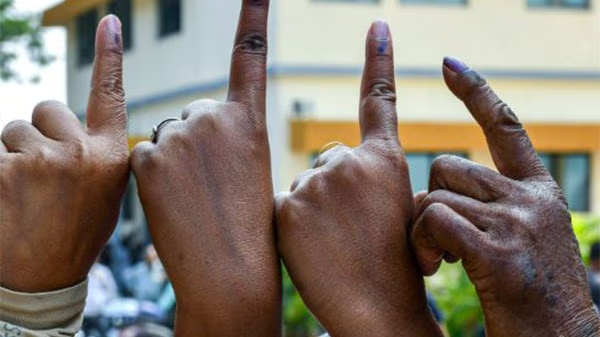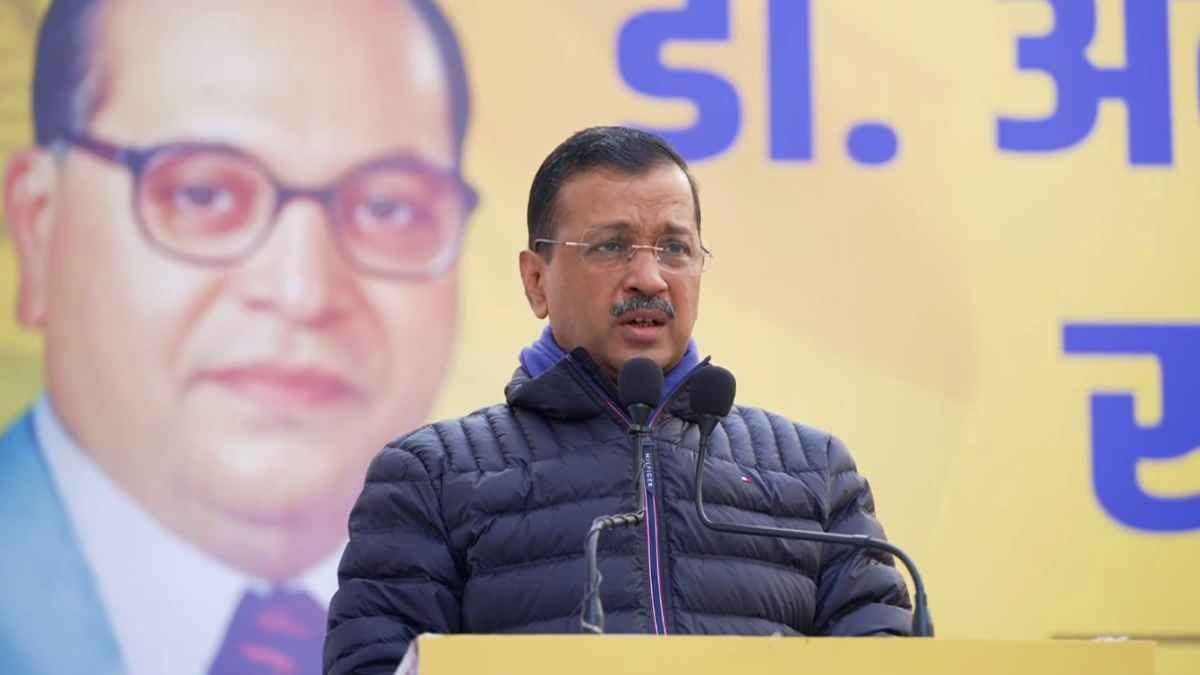Why is India's democracy a benchmark in the world? Why has the democratic system succeeded in Hindustan? There can be multiple answers to these questions, but the most crucial factor is our elections. Elections are a robust and extensive medium of public participation. It’s like a boon that our constituent makers imposed minimal filters on India’s citizens to partake in this electoral process.
Elections are the platform through which an Indian can exercise their constitutional right to vote and elect or change governments. By participating in elections, they can express anger, frustration, satisfaction, or admiration. The election is an expression of their political wisdom; it signifies their constitutional identity. It connects them to the democracy of the country. Elections are the strongest, most reliable, and accountable platform of participation in democracy.
Elections are an Expression of Voter's Political Wisdom
The right to participate in elections is guaranteed by the constitution. Be it the criteria to contest or the eligibility to vote, our constitution makers took a serious stance to include the uneducated and poor in the election process with minimal prerequisites.
Article 326 of the constitution pertains to elections for the Lok Sabha and state legislatures. It specifies that elections shall be based on universal adult suffrage, meaning ‘one person, one vote’ policy. Those 18 years and older are eligible to vote, with no discrimination based on caste, religion, gender, language, region, or socio-economic status.
Even for contesting elections, the constitution mandates only basic eligibility like Indian citizenship, a minimum age of 25, no criminal conviction, and not being declared insolvent (Articles 84, 173). There are no educational or financial constraints.
The constitution drafters wanted every Indian to be a part of this process to foster a sense of responsibility and rights. Without doubt, their vision succeeded. Barring the event of 1975, India's constitutional history over the last 75 years is a testament to the success of democracy here.
Ambedkar Recognized the Need for Mid-Term Elections
Someone might question how the Modi government's attempt to hold simultaneous elections affects public participation in democracy. To understand this, one must revisit history when debates on elections and the Election Commission took place in the Constituent Assembly. On June 15, 1949, Dr. B.R. Ambedkar presented Article 289 related to the Election Commission’s formation, now represented by Article 324 in the constitution.
Dr. Ambedkar declared that the office of the Chief Election Commissioner would be a permanent post to ensure the continued availability of necessary electoral machinery. According to him, elections typically occur at the end of five years.
However, being a constitution framer, Ambedkar foresaw situations like by-elections or dissolution of assembly.
He further stated,
‘...but there’s always a possibility of by-elections, or assemblies could dissolve before their full term. Thus, voter lists must always be prepared for new elections to proceed without delay.’
Clearly, Ambedkar didn’t want to compromise on the sanctity of elections, whether it was just a by-election or otherwise. He didn’t favor any delays in conducting elections even post-assembly dissolution.
The question: Does the Modi government’s ‘One Nation, One Election’ (ONOE) provision address concerns regarding by-elections or situations following assembly dissolution? The provision suggests elections would take place for only the remainder of the term, aligning with the Lok Sabha’s term provisions.
If ONOE's timeline spans 2029–2034, and a state assembly dissolves mid-2033, would public participation levels remain the same if elections span merely one-and-a-half years, whereas normally they’d span five?
Conducting elections twice in an 18 to 12-month gap could lead to resource wastage, especially when the main argument against the current format is its expense.
This situation could stall elections or compel acceptance of a government lacking a majority until another electoral opportunity arises in 10 to 12 months.
Elections Aren’t a Luxury for Democracy – They’re Vital
Remember, elections aren't a luxury for democracy but its lifeline. India's democracy thrives because, despite additional costs, the country provides chances for people to repeatedly elect and vote, ensuring their faith in the democratic system. Voters shouldn’t see their vote as merely ceremonial. When victories or defeats hinge on a handful of votes, voters feel empowered.
Amending, limiting, or suspending people’s constitutional power to participate in elections disrupts the constitution’s original spirit, and any such attempts should be avoided.
Constituent Assembly Clearly Stated – Elections Will Continue
Another esteemed Constituent Assembly member, Shibban Lal Saxena, participated in the debate over Article 289. His statements suggest the assembly hadn’t considered the ‘One Nation, One Election’ concept.
Discussing the Election Commission, Saxena remarked,
‘Our constitution doesn’t follow the U.S.'s four-year fixed cycle. Elections will always occur somewhere in some province.'
Notably, Dr. Ambedkar was present during these discussions in the assembly. Highlighting future possibilities, Shibban Lal Saxena said,
‘After state integration, we’ll have few provinces. Our constitution allows dissolution of legislature on no-confidence motions, making it likely that assembly elections won’t coincide between provinces and the center. Elections will continually occur somewhere. This could start within five to ten years or persist throughout. Every moment a province will have elections.
Echoing this sentiment, Rustamji Khurshedji Sidhwa, another assembly member born in Karachi, believed elections would always occur at some time somewhere in India. During the debate over Article 289 on June 16, 1949, he said,
‘Across all provinces, we’ll have 4000 members, resulting in inevitable by-elections. Every month could witness two or three elections as individuals pass away, get promoted, or transfer. Even this assembly saw numerous by-elections, though we weren't directly involved, but places they came from experienced it.'
Why were Shibban Lal Saxena and RK Sidhwa talking about provisions like no-confidence motions, dissolutions, by-elections, etc.? Because these are the guardians of a healthy and vibrant democracy, ultimately leading to new elections, maintaining political power balance.
Thus, citing expenses or time as excuses to reduce elections can undermine democratic space.
Understanding through a POK Example
The ‘One Nation, One Election’ concept might confront regional and provincial aspirations, overshadowing local issues with national concerns during elections. Imagine if India successfully integrates POK. The subsequent year, Lok Sabha and assembly elections are due under ONOE.
Read More: 'One Nation, One Election' Bill to be Introduced in Lok Sabha Today; BJP Issues Whip to MPs
Simultaneously, a state might face natural disasters like floods or earthquakes inducing tremendous loss. Or cultural language issues might surge somewhere. During such crises, state issues risk being overshadowed by national sentiments favoring the ruling central party, which may benefit in both Lok Sabha and assembly elections, sidelining regional-issue parties. This trend may incite state discord, potentially counterproductive for long-term national interest.
ONOE offers ruling central parties opportunities to influence state issues using Pan-India impactful topics.
Simultaneous Elections Rarely Occurred Nationwide
Proponents of One Nation, One Election cite simultaneous Lok Sabha and assembly elections in 1952 and 1957. It’s critical to note that these initial elections followed India's republic formation in 1952, ensuring no issues. A similar pattern existed in 1957, but by then, people began grasping electoral democracy's intricacies, spurring power-hungry aspirations among leaders and the populace.
The first clash came just two years post-1957 elections when then-PM Nehru dismissed Kerala’s government in 1959. Subsequent state government dismissals utilized Article 356, necessitating elections off the fixed central timeline, illustrating India's complex democratic system couldn't sustain the simultaneous election framework.




